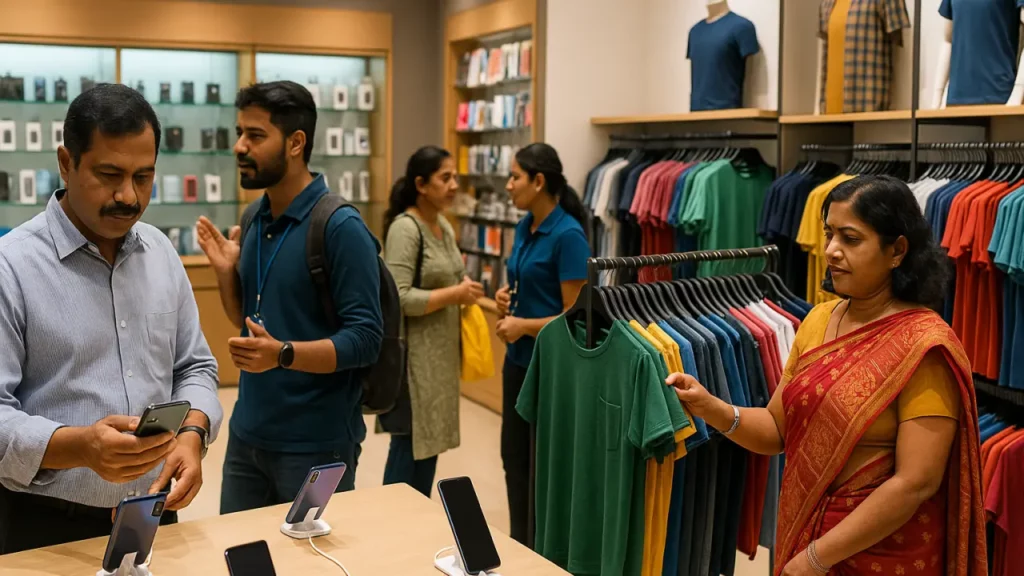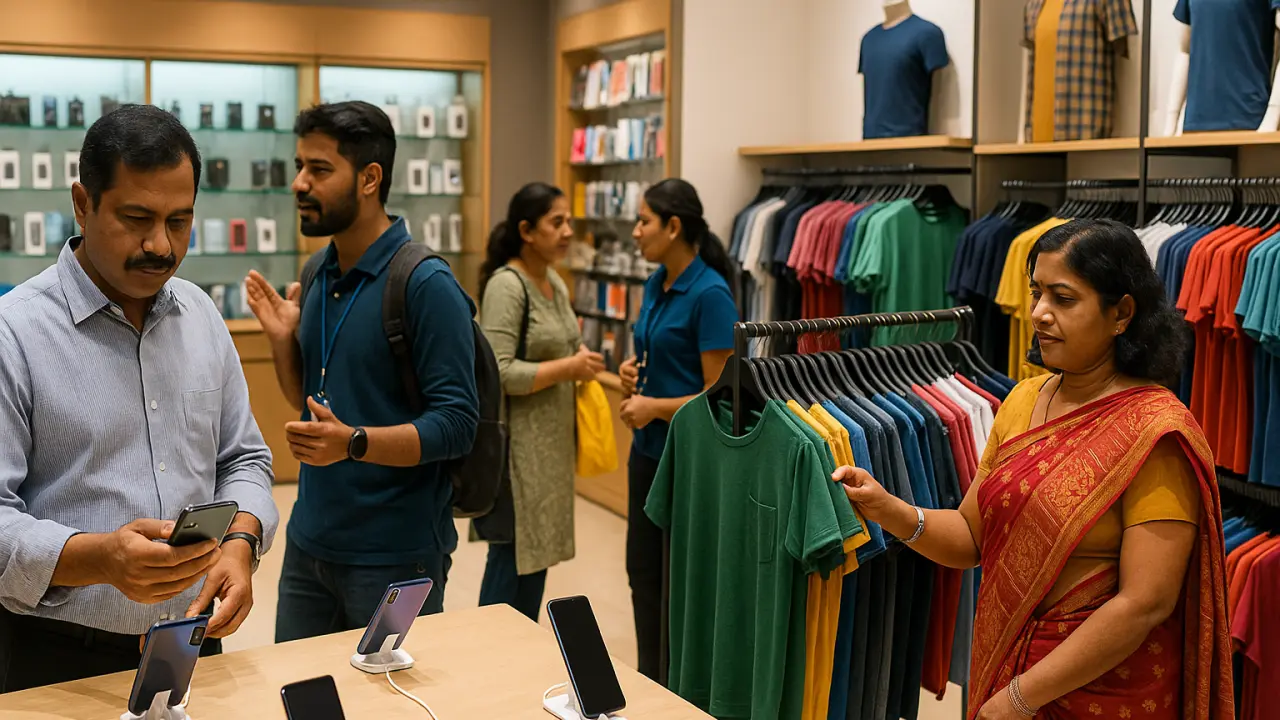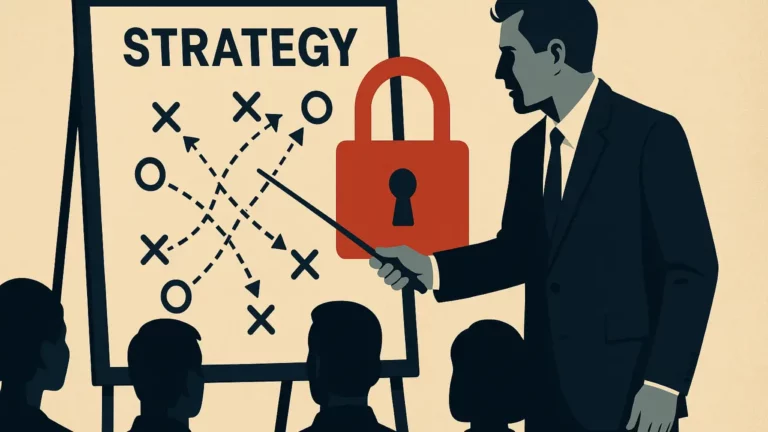The Evolving Role of Retail Stores in a Digital Shopping Era


Let’s start with two contrasting shopping experiences that got me thinking about the role of physical stores in today’s retail landscape.
Experience 1: A Delightful Encounter
A colleague of mine ordered a new phone online. But instead of having it delivered to his home, he opted to pick it up at the brand store. He walked in, and what greeted him was far beyond the transactional process of “collecting” a purchase.
The store staff congratulated him on his choice, offered to set up the phone for him, and even went the extra mile to fix a software issue on his wife’s phone. He walked out not just with a phone but with a memory of thoughtful service that left him smiling. The store didn’t just hand him a product; it delivered an experience that strengthened the brand in his mind.
Experience 2: A Frustrating Miss
Now, compare this to what my wife recently went through at a fashion retail store where she has shopped for over two decades. She found a dress she loved, but her size wasn’t available. The staff, instead of checking online or suggesting alternatives, told her to buy a larger size and get it altered by a tailor. (Yes, you read that right!)
Later, she discovered a defect in the piece she purchased and went back to return it. What should have been a simple process turned into a half-hour ordeal, as the staff tried to convince her to exchange the dress or buy something else instead. A process that should have built trust and convenience ended up eroding both.
What These Stories Tell Us
Both experiences are revealing in their own way. One highlights the immense potential of a retail store to create value, while the other serves as a cautionary tale of what not to do. They also underscore a fundamental truth about physical retail in today’s digital-first world: the value of a store lies not in its ability to sell but in its ability to differentiate.
Cost Leadership vs. Differentiation in Retail
If you’ve read about business strategy, you’ve likely come across the concepts of cost leadership and differentiation. These two strategies provide a useful lens to evaluate the role of retail stores.
Cost Leadership: Avoiding the Store Trap
If your business revolves around commoditized or standard products – think everyday essentials, familiar SKUs, or electronics that customers can research online – physical stores are probably not your playground.
E-commerce platforms excel here. They offer:
- Better inventory management (centralized stock rather than dispersed across multiple outlets).
- Lower costs (no rent for prime real estate, no massive store staffing).
- Convenience at scale (speedy delivery, seamless returns).
For such businesses, the key is to perfect the online customer journey; make it faster, cheaper, and simpler. Trying to replicate this efficiency in physical stores is a costly proposition that rarely pays off.
Differentiation: Creating Retail Magic
On the other hand, businesses that rely on differentiation – luxury brands, experiential goods, or those building emotional connections – can unlock the true potential of physical retail.
A great store isn’t just a place to transact; it’s a stage where the brand performs and engages the customer:
- Create wow factors: Showcase products in unique ways, from interactive displays to VR experiences.
- Build engagement and trust: Train staff to genuinely help customers, not push sales.
- Educate and inspire: Let stores serve as hubs for customers to learn about your products, interact with your brand, or join a community.
Here, the role of the store extends far beyond revenue – it becomes a brand driver. And ironically, the best differentiated stores often encourage customers to make their purchases online after being wowed in-store.
Rethinking Retail Strategy
For those in the retail business, the choice isn’t about “online vs. offline.” It’s about aligning your retail strategy with the value proposition.
Here are some guiding principles:
- Know your role: If you’re selling commodity products, focus on online channels. Reserve stores for high-traffic locations that serve operational purposes (e.g., pick-up points).
- Design with purpose: If differentiation is your game, don’t treat stores as mere revenue drivers. Focus on creating a memorable and positive brand experience.
- Invest in training: The human touch matters. Staff should be brand ambassadors who genuinely assist and delight customers, not just salespeople trying to meet a quota.
- Leverage tech: Use technology to bridge gaps. A store should seamlessly integrate with your online presence – customers shouldn’t care where the stock is, only that it’s available when and how they want it.
- Think community, not commerce: The best stores are destinations. They invite customers to spend time, connect with the brand, and leave with stories to tell – whether or not they make a purchase that day.
Conclusion: The Future is Hybrid
The future of retail isn’t a battle between e-commerce and brick-and-mortar stores. It’s about harmony. Each has its strengths, and the businesses that succeed will be the ones that know when to play each card.
A store should never be just a store. It should be a stage, a service center, and a source of joy. When designed and executed well, it becomes a powerful tool not just for selling but for building relationships and lasting loyalty.






Responses